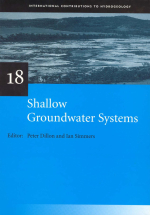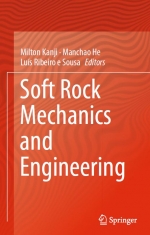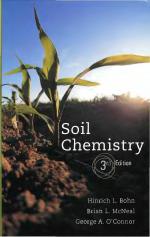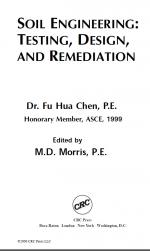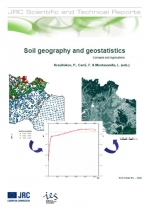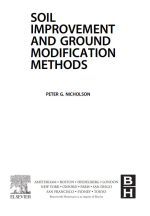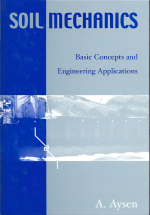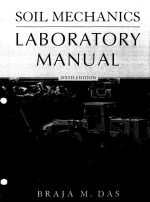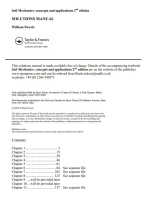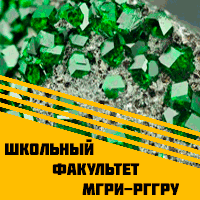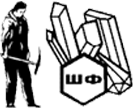I thank Linda Candelaria, Gavin Gillman, Robert Harter, Mark Noll, Stom Ohno, and Scott Young for their suggestions and encouragement to write a third edition of Soil Chemistry. I am especially grateful to Linda Candelaria for her excellent suggestions on additions and revisions.
This edition tries to emphasize that the soil and soil solution are the center and heart of the environment. The chemical composition of the biosphere, hydrosphere, and atmosphere depends greatly on the chemistry of the soil.
Since the second edition appeared, much of the interest in soil chemistry has been on the fate of so-called toxic chemicals and elements in soils. This edition points out that (1) all of the chemical elements—toxic and beneficial—were always in the soil, (2) the soil is the safest part of the environment in which to deposit our wastes, (3) there are wise and unwise ways to utilize soil for waste disposal, (4) soil chemistry degrades wastes and converts them into benign or useful substances, (5) environmental activists and the popular media usually ignore the dose-response concept that is central to toxicology and to soil fertility, and (6) how much is in the soil, how fast it is changing, and how easily it transfers to plants and water are more important than what is there. Soil chemistry can answer those important questions. A goal for the future is to answer them better.
The use of aluminium for aluminum, occasionally of natrium and kalium for sodium and potassium, and often of essential elements for essential nutrients is not affectation. The intent is to bring more international usage and correctness into the book. Soil chemistry is a global issue.
Brian McNeal and George O'Connor were unable to work on this edition of our book. 1 retained much of their excellent contributions to the previous editions. Any errors or omissions are my responsibility. I would be grateful if readers would call them to my attention.


